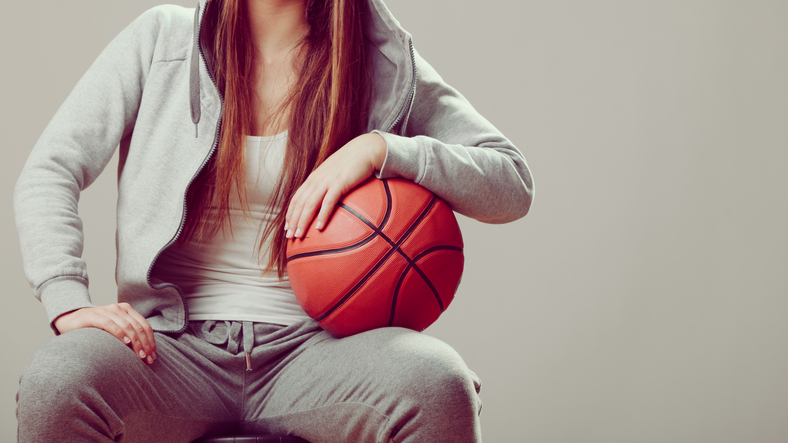High school basketball season is upon us, and that means loud gyms, spirited rivalries and fierce competition. Unfortunately, it can also mean serious knee injuries ““ particularly for girls and young women.
If you’re a female athlete, you’re at least twice and up to 10 times more likely to suffer a torn knee ligament as a male athlete playing the same sport, according to Dr. Timothy E. Hewett of Children’s Hospital Medical Center, who has researched and written extensively on the subject.
Here are five things to know about torn knee ligaments in female athletes:
- What are they? You often hear the term “torn ACL” in connection with significant knee injuries. While the ACL is the most commonly torn knee ligament, not every torn ligament is an ACL. Your knee has four ligaments: the anterior cruciate (ACL) and posterior cruciate (PCL), involved in front-and-back motion, and medial collateral (MCL) and lateral collateral (LCL) ligaments, involved in side-to-side movement. All can be sprained or torn. Unlike the others, the ACL is often damaged without any contact to the knee, when an athlete lands after jumping or changes direction quickly.
- Why do they happen? Physical differences between females and males help account for the disparity in knee injuries. Since girls hit puberty and growth spurts earlier than boys, they may have neuromuscular imbalances in attempting to control their growing bodies. Less control over the lower extremities can lead to valgus (inward turning) of the knees upon landing, said Kathy Boehmer, physical therapist and certified athletic trainer with Elizabeth Sports Medicine; that can put pressure on knee ligaments. Also, a lack of adequate core strength can put too much pressure on young knees.
- Can they be predicted? There’s a growing understanding of how the mechanics of movement can provide a warning sign athletes who may be at increased risk of knee ligament injuries. Boehmer said sometimes she’ll be at a basketball game, see a young athlete jump and land, and think, “That’s an ACL tear waiting to happen.” So Boehmer took her iPad to schools St. Elizabeth works with and captured slow-motion video of student-athletes performing a simple tuck jump assessment to analyze which ones might be in greater jeopardy. What she looks for: valgus of knees upon landing, and side-to-side differences in air and at landing.
- Can they be prevented? There are inherent risks to participating in sports. But armed with the knowledge of what athletes are doing wrong in jumping and cutting, Boehmer can work to fix those motions, including exercises designed to develop core strength and correct neuromuscular imbalances. (More on tuck-jump assessments and strengthening exercises on com next month.)
- Why is it important? The sheer number of female athletes has increased significantly since the advent of Title IX in 1972. Add the increased likelihood of female athletes suffering serious knee injuries to the greater number of girls and young women participating, and you can see why injury prevention is key. Now, consider this: Beyond the discomfort and expense of surgery and rehabilitation, there are possible long-term wellness ramifications to all these torn knee ligaments. According to Hewett, at least half of female athletes who suffer torn knee ligaments, and likely significantly more, will develop osteoarthritis within one to two decades after the original injury.


